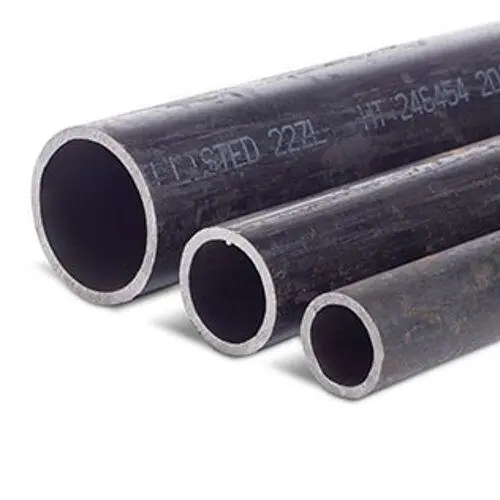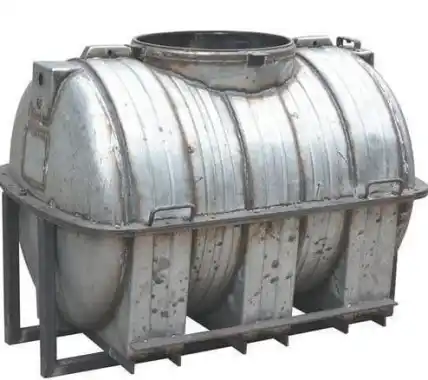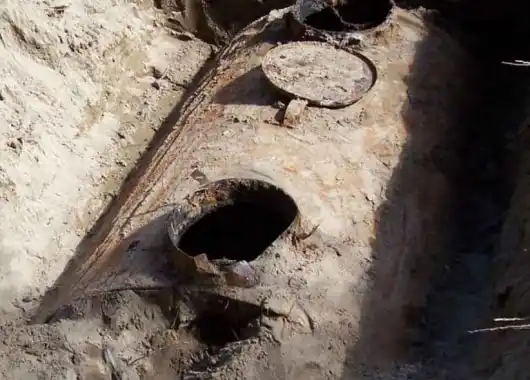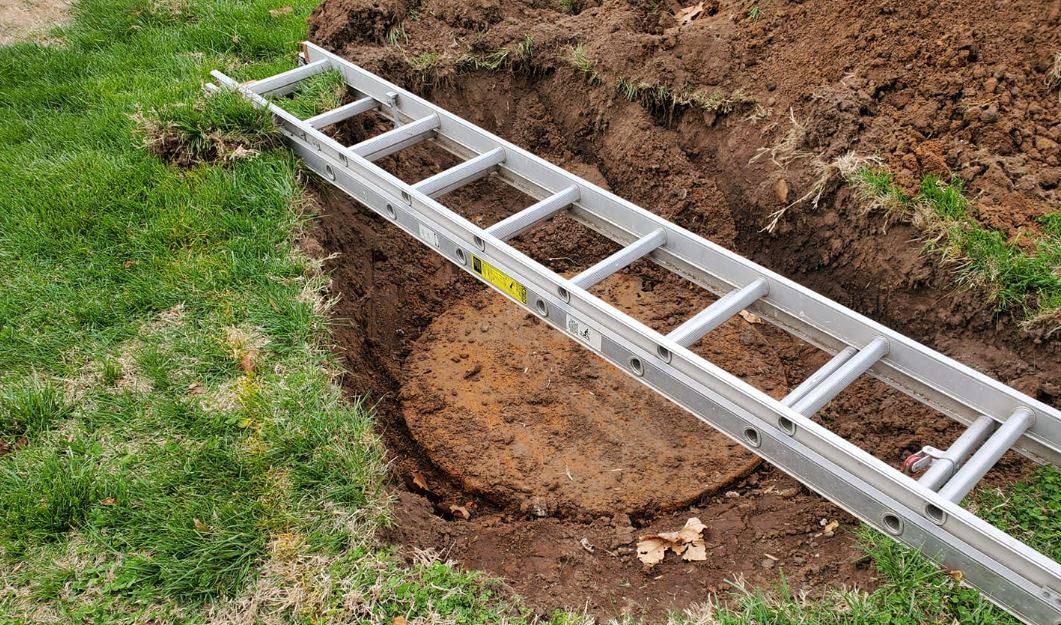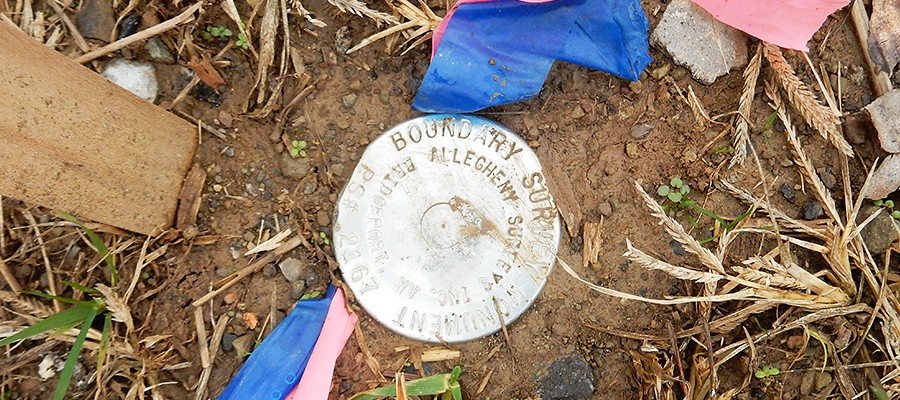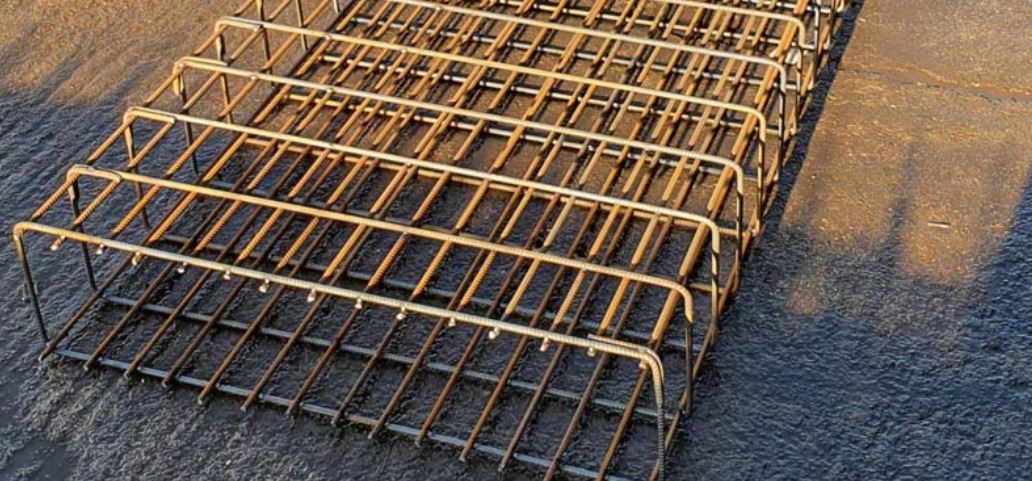Magnetic locators have a wide range of applications in utility locating, including but not limited too:
 Locating Buried Steel Pipes and Cables: Essential for identifying the routes of gas, water, and other utility pipelines that are less conductive, or not "grounded" well.
Locating Buried Steel Pipes and Cables: Essential for identifying the routes of gas, water, and other utility pipelines that are less conductive, or not "grounded" well.
 Finding Septic Tanks: Helps when maintenance and inspection activities are needed, or when planning for a excavation. Identify buried ferromagnetic tanks, drums or fragments of drums, pipes, and other sources of geological and groundwater contamination.
Finding Septic Tanks: Helps when maintenance and inspection activities are needed, or when planning for a excavation. Identify buried ferromagnetic tanks, drums or fragments of drums, pipes, and other sources of geological and groundwater contamination. 
 Covers: Utility covers and meters are sometime covered by weathering, dirt or overgrown grass. Locate abandoned wells, if wells have a ferromagnetic casing or well cover.
Covers: Utility covers and meters are sometime covered by weathering, dirt or overgrown grass. Locate abandoned wells, if wells have a ferromagnetic casing or well cover.
 Surveying: Assists in locating survey and property pins and markers made of ferrous materials.
Surveying: Assists in locating survey and property pins and markers made of ferrous materials.
 Construction and Excavation: Locate steel-reinforced foundations of buildings below grade. Locate potential ferromagnetic obstacles (like utility hole covers, valve boxes, and piping) in areas of proposed excavation, to avoid damaging buried utility structures or identify items that may pose a hazard during excavation.
Construction and Excavation: Locate steel-reinforced foundations of buildings below grade. Locate potential ferromagnetic obstacles (like utility hole covers, valve boxes, and piping) in areas of proposed excavation, to avoid damaging buried utility structures or identify items that may pose a hazard during excavation.
 Also, it is possible to locate and define extent of buried ferromagnetic ordnance and shrapnel debris.
Also, it is possible to locate and define extent of buried ferromagnetic ordnance and shrapnel debris. 

Figure 14. An example of how the location of the traverse affects the intensity of the magnetic field detected by the instrument (modified from Benson, et al., 1988).
 Applications of Magnetic Utility Locating
Applications of Magnetic Utility Locating
